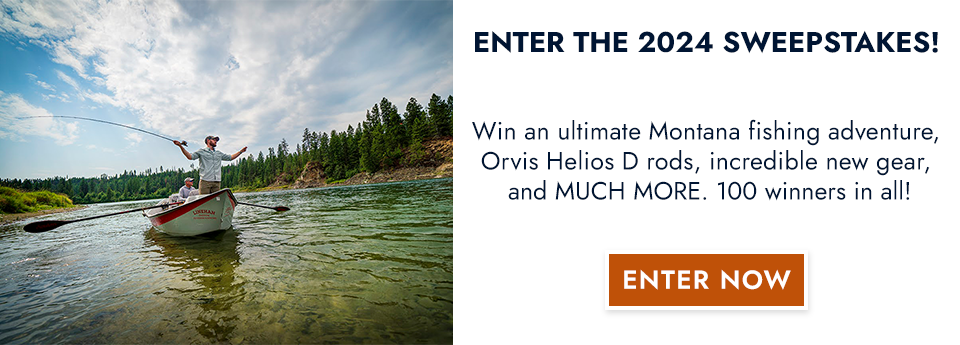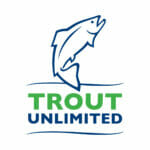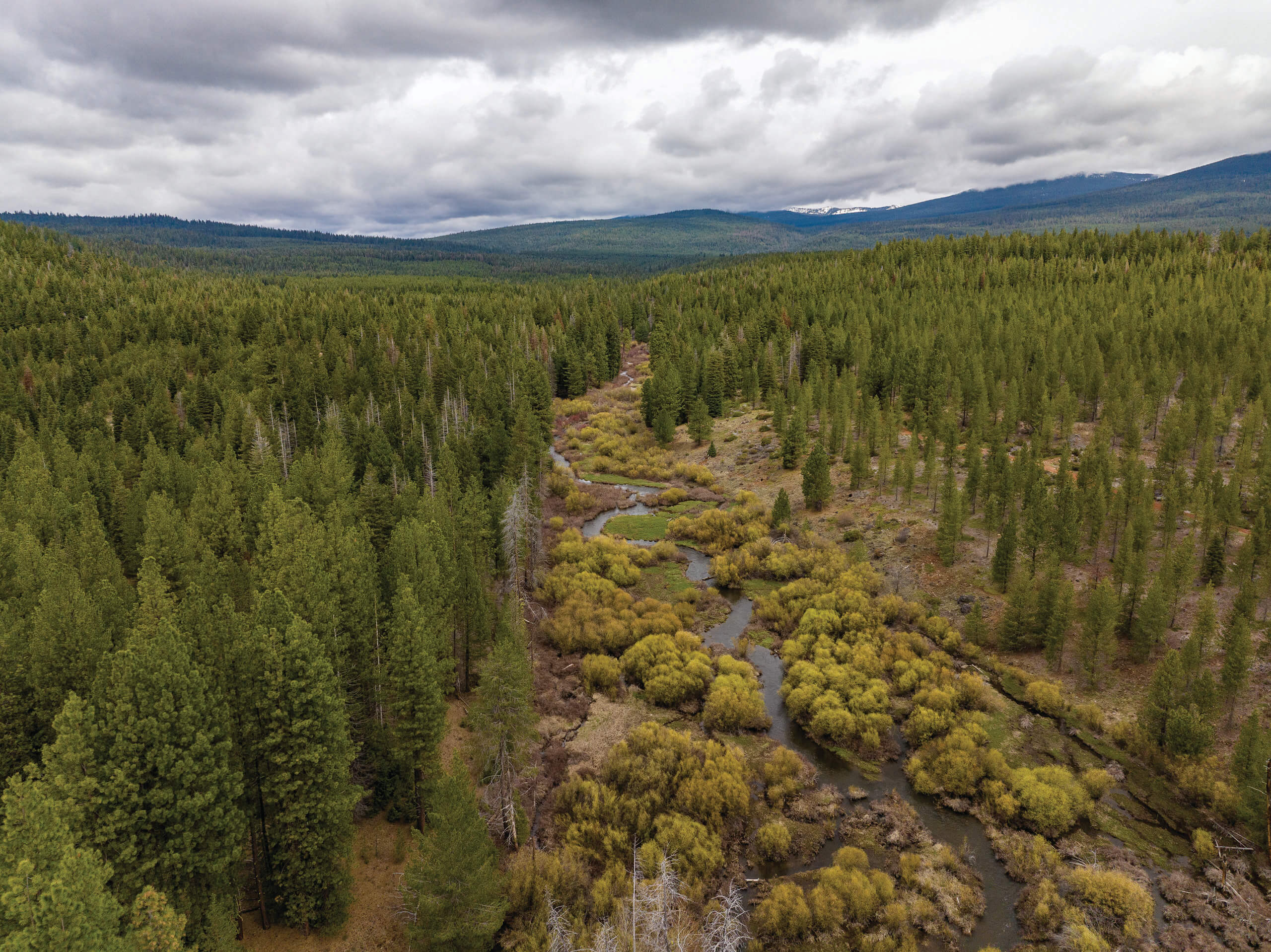When the dams come out, the Klamath will come back.
May 2024: The Klamath River dam removal is well underway. The smallest of the four dams to be removed, Copco 2, is already gone. The reservoirs behind the three remaining dams – Copco 1, Iron Gate, and JC Boyle – were drained this winter and crews are now busy deconstructing the massive structures with heavy earth-moving equipment. By this fall, the Klamath River will be reconnected for the first time in over a century.
The Klamath Basin is a perfect example of Trout Unlimited’s commitment to key Priority Waters. In honor of World Fish Migration Day 2024, we’re revisiting this story from last summer’s issue of TROUT Magazine to celebrate this key moment in the long campaign to remove the dams and reflect on the ongoing restoration work upstream of the former barriers.
On the border of Oregon and California, the largest dam removal ever attempted, anywhere on the planet, is underway on the Klamath River.
The Klamath originates in the high desert as cold headwater streams feeding Klamath Lake, where native bull trout live year-round and redband rainbows migrate in and out. Below the lake, beyond irrigated farms and ranches and networks of wetlands, the river consolidates into a powerful mainstem, its whitewater cutting a deep gorge through the Cascades and the Klamath Mountains. Arriving at the Pacific Ocean some 200 miles later, it is surrounded by thick, wild coastal rainforest.
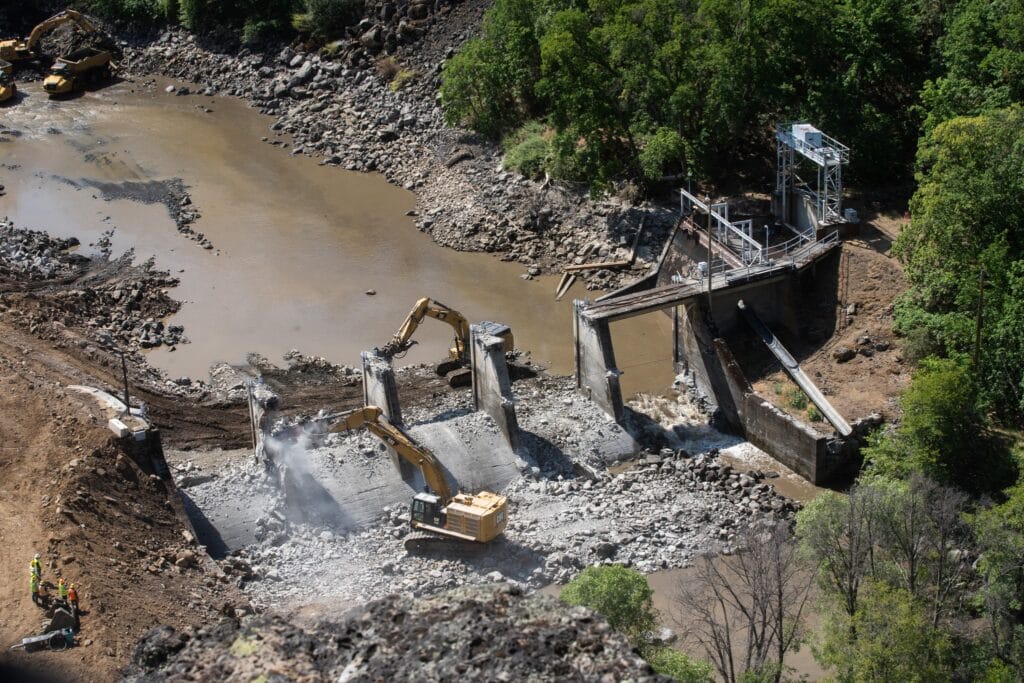
Once, this was one of the great Pacific salmon and steelhead rivers. But for over a century, mainstem dams have blocked the fish from spawning and rearing in the watershed’s upper basin—420 miles of prime habitat.
It took more than two decades of advocacy, negotiations, legal actions, scientific studies, risk analyses, permitting and fundraising by tribes, Trout Unlimited and a host of partners to win federal approval for dam removal, but over the next year or so, the four most significant barriers on the Klamath will finally be dynamited and jackhammered, the concrete and rebar and the rest hauled away.
And then at some point late next year, migrating salmon, driven by the instinct to seek the spawning gravel their ancestors once used, will glide past the free-flowing former dam sites for the first time since 1918. That journey will be a transformational moment for the Klamath communities and ecosystem, and a beacon of hope to advocates for native fish and free-flowing rivers everywhere.
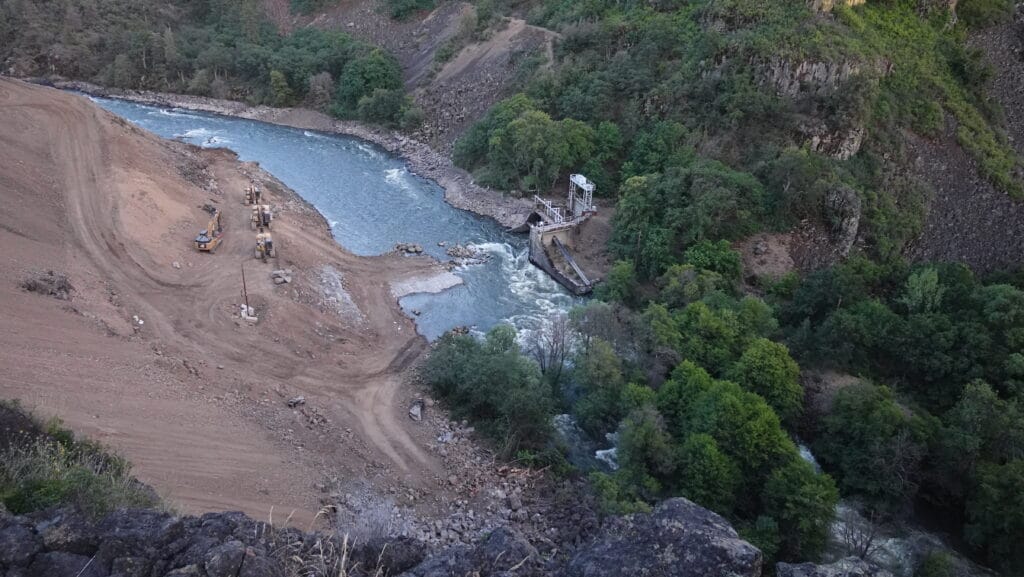
“It will be good for the fish,” said Brian Johnson, California program director at Trout Unlimited and a central player in the long campaign, “but I think it will reconnect the basin in more profound ways than we know. There is a potential for unity of fish and people, and it will change the way we see the river, and communities see each other, in ways we haven’t even anticipated yet.”
The dams cut the river in half. They also ruin water quality and cause disease. Cold water comes from the Oregon side of the basin and heats up in the reservoirs. Every year, this creates toxic algae blooms and perfect conditions for fish-killing parasites. Signs spring up from local governments: “Don’t let your dogs swim here.” Karuk tribal members can’t conduct traditional ceremonies because of prohibitions against contact with the water.
In 2002, these sorts of poor water conditions, combined with a drought and excessive water withdrawals for irrigation, led to one of the largest fish kills in American history. Below the dams, tens of thousands of adult salmon and steelhead suffered a condition called “gill rot,” dying en masse before they could spawn. Juvenile salmonids and other resident fish populations were likewise devastated.
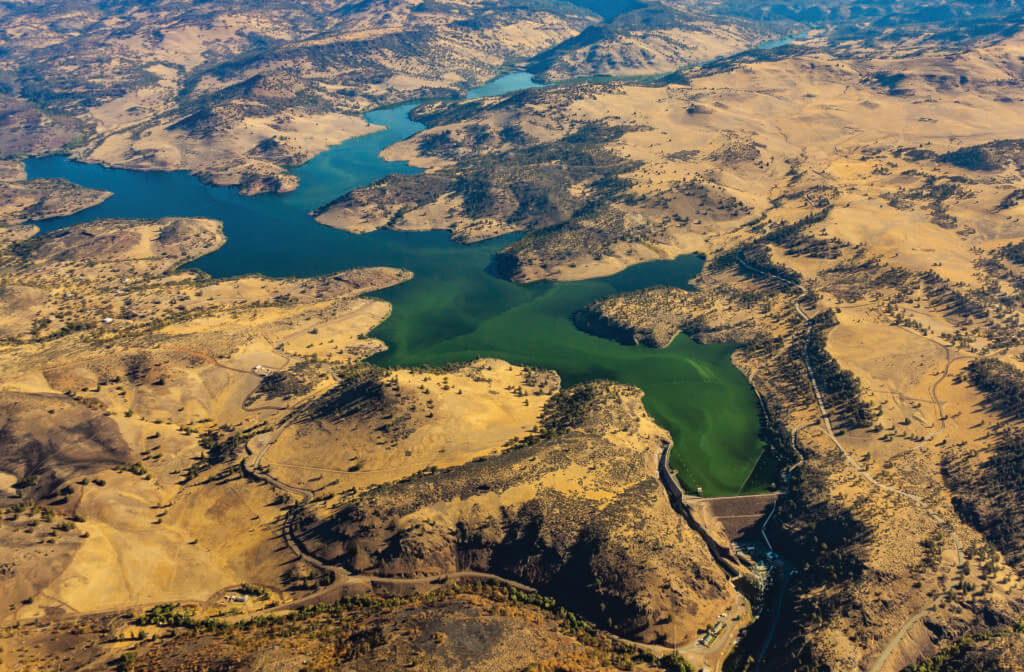
It was a decisive moment. A federal process to relicense the dams for another 30 to 50 years was just beginning and the fish kill made the high stakes of the situation brutally clear. The federal fish agencies pushed for regulators to require Pacificorp, the owner of the dams, to install fish ladders. The company fought the requirements, and tribes, conservationists and scientists fought back. The matter ended up in an administrative trial.
Just a few years earlier, after earning a law degree at Stanford and spending four years at the White House Council on Environmental Quality, Johnson had joined TU in California to work on water and hydropower issues, including on the Klamath. He was one of only three TU employees in the entire state.
The case was a heavy lift. “Five days of testimony. Hundreds of documents. Thousands of pages of records,” he said. “We had to prove the value of the upstream habitat and the need for salmon to have free passage to the upper basin.”
“And we won,” he said. “We won a resounding victory.”
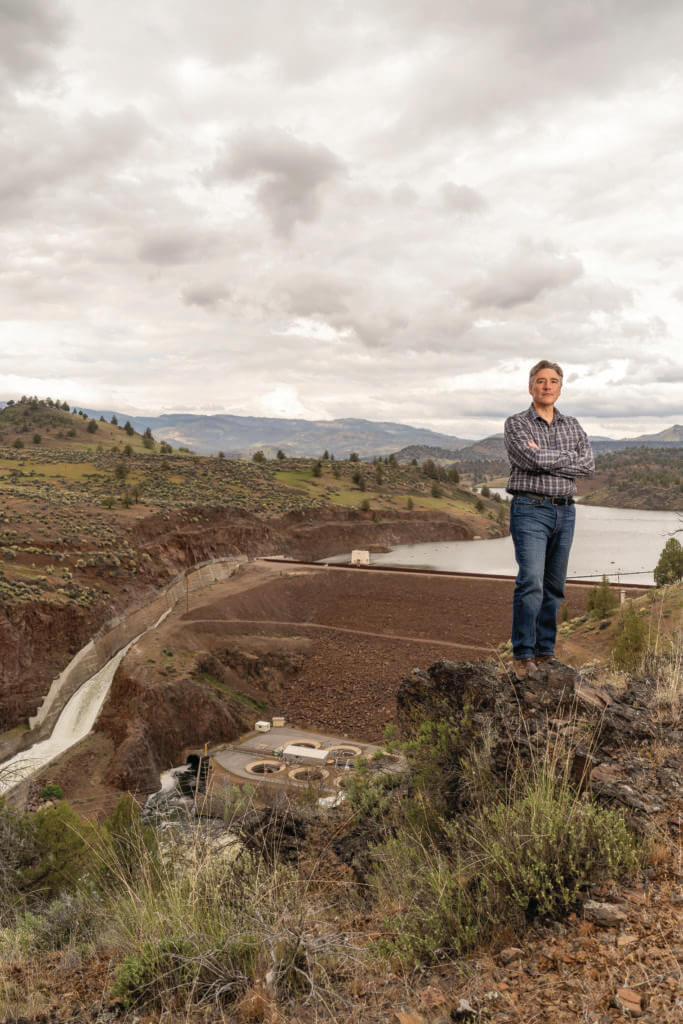
Because the four dams produce very little electricity, the legal requirement to provide fish passage meant that the economics of their operation no longer added up: the cost of building fish ladders that worked would be significantly higher than the cost of removing the dams. Even so, nearly two more decades of advocacy and negotiation would follow. A comprehensive settlement agreement was forged and funding secured, but Congress failed to ratify it.
Undaunted, advocates found new paths forward. They built a new agreement that, among other things, created the Klamath River Renewal Corporation, a nonprofit formed to take ownership of the four dams—and remove them. It was modeled on an approach TU and other conservation groups used in removing a major dam in Maine.
In late 2022, the Federal Energy Regulatory Commission approved the plan and the ownership transfer finally happened. The news arrived when the entire staff of TU in California, now more than two dozen strong, had gathered in Redding for their first full meeting in more than two years. Hugs and handshakes went around the room, and Johnson reflected on how TU and its allies had never abandoned.
“What I’ve come to realize is that really big projects like this take that kind of effort,” he said later. “It wouldn’t have been enough to just be right or feel like history is on our side. It’s the kind of thing that happens because there is a core group of people who are just going to stare it down, and work every day, and keep finding ways to make it happen. That relentlessness is what made dam removal possible. It is what becomes possible when people simply will not give up.
“And if we can do it here,” he added, “we can do it anywhere.”
What will a reconnected Klamath River look like? What will wild salmon, steelhead and lamprey need once they make it hundreds of miles upstream from the sea? How will it all work for native fish, tribes, ranchers, farmers and everyone else who calls the Klamath watershed home?
While advocates were fighting to bring down the dams, TU leaders and biologists in the Upper Klamath Basin were thinking about those questions and working on the answers.
“Dam removal is the single biggest restoration project we could envision for the Klamath Basin, but there is still a lot more work to do to assure the future of native fish in the basin,” TU’s Oregon Director Chrysten Rivard explains. “We’ll be opening hundreds of miles of habitat to anadromous fish, but much of it is degraded from agricultural and forest land use practices.
“For the past 20 years, we’ve been working to recover those habitats and build the partnerships with landowners and tribal communities to do that that work effectively.”
Rivard was raised in southern Oregon, where her family and relatives owned multigenerational orchards, a fruit processing business, and a sheep and cattle ranch. She grew up fishing with her parents. All of that gave her a deep understanding of the need to find sustainable solutions for sharing and protecting water for agriculture and river ecosystems.
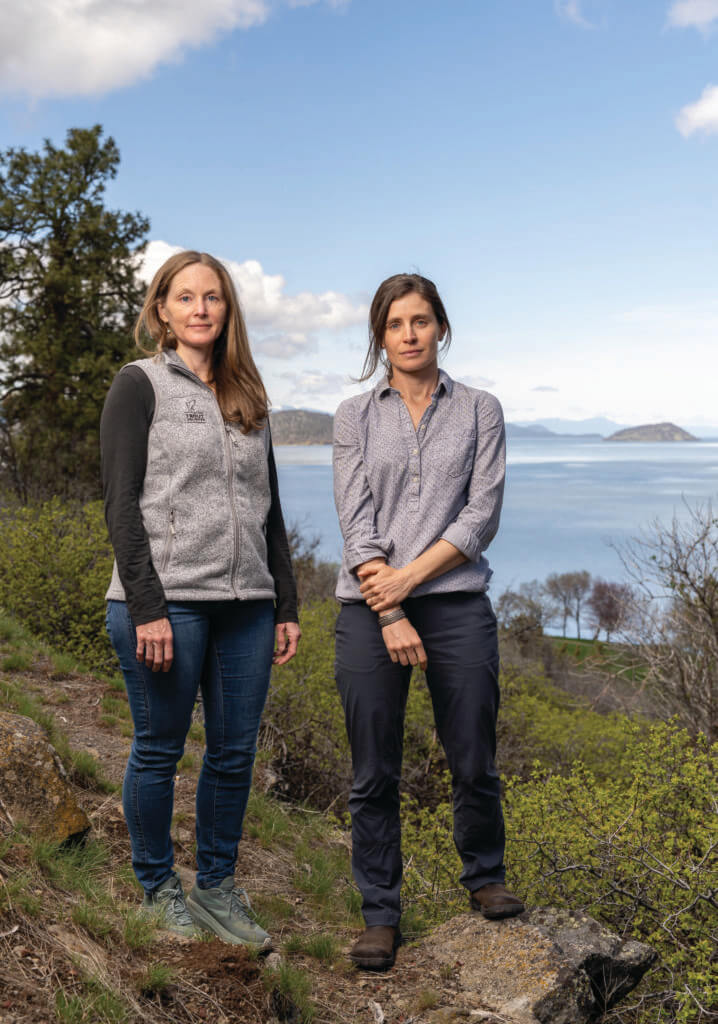
She returned home after college and a consulting gig in Seattle, right on the heels of the 2001 drought and subsequent fish kill. Steeped in environmental policy and geomorphology, she helped form the Klamath Basin Rangeland Trust, where she worked to protect instream flows in the upper Klamath, improve habitat and water quality and incentivize efficient irrigation practices. The trust merged with TU in 2016.
“TU has made a long-standing commitment to the basin that goes beyond just recovering native fish populations, or the fish that people most enjoy fishing for,” Rivard said. “We’re here to build a strong, economically diverse community where tribal nations can thrive and prosper, as well as having stable and productive agricultural communities.”
Nell Scott, TU’s Klamath restoration director, leads a four-person team in Klamath Falls, Oregon, a community on the threshold of the watershed’s upper basin and the hydropower reach, the section of river that is now flooded by the reservoirs. For more than a decade, she’s been working to restore habitat across the upper basin.
Much of this work has been focused on native bull and redband trout habitat, work that also benefits two species of endangered suckers endemic to Klamath Lake, C’waam and Koptu, as they are known in the language of the Klamath Tribes. This work will also directly benefit spring Chinook and steelhead, as both species are expected to use habitat far into the Klamath’s headwaters when they are able to finally return.
Working with partners, Scott’s team is tagging, releasing and tracking spring Chinook smolts to learn what habitat they favor, identify fish recovery bottlenecks and map and restore high-impact habitat for salmon, steelhead and lamprey as the fish reestablish their populations above the former dams.
The Klamath River is Amy Cordalis’ home water. A member of the Yurok Tribe, Cordalis and her family have fished the Klamath her entire life. The Yurok people, one of the tribes of the Lower Klamath Basin, have fished the river since time immemorial. They’ve seen fish numbers slip to single digit percentages of historical run sizes.
“The Klamath was once the third largest salmon producing river on the West Coast,” Cordalis explains. “Now there aren’t enough fish. Commercial seasons have been closed and even subsistence fisheries are unable to provide enough salmon for our families.”
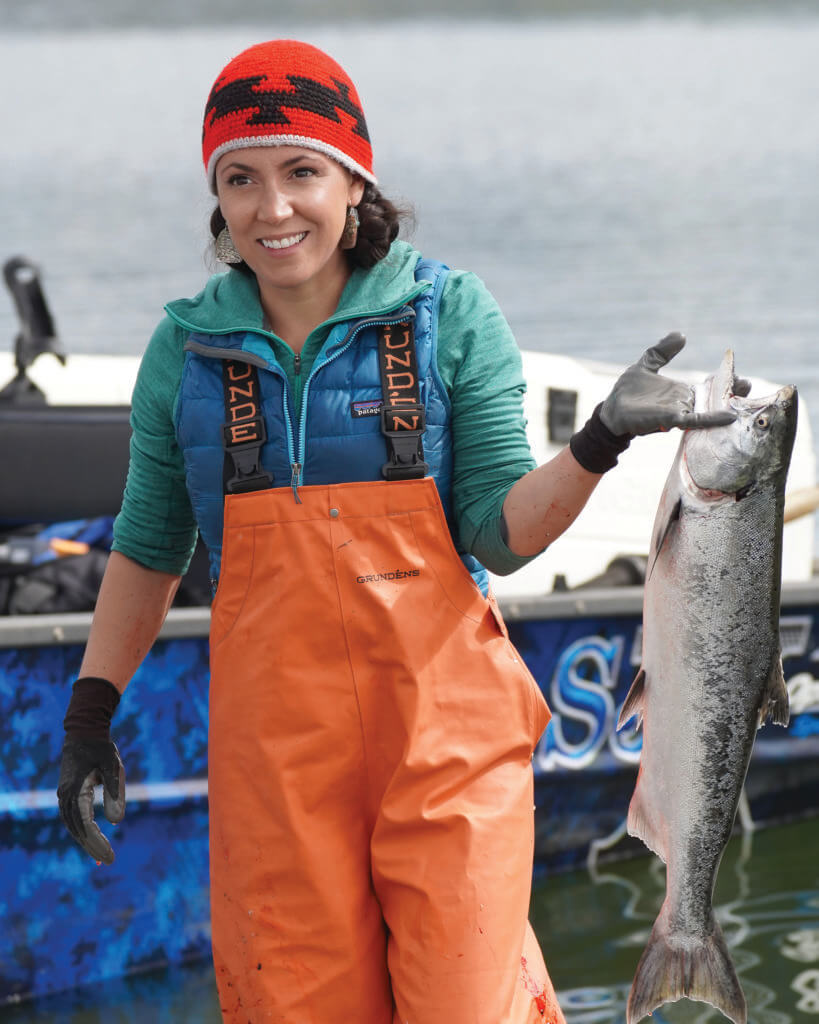
Cordalis witnessed the devastating Klamath fish kill firsthand while working as a seasonal fisheries technician. The experience inspired her to earn a law degree and return to fight for dam removal and assert the Tribe’s rights to adequate supplies of clean water. Today, she is an attorney for the Tribe, a co-founder of the Ridges to Riffles Indigenous Conservation Group, and a board member of both the Klamath River Renewal Corporation and Trout Unlimited.
“The Klamath River is sick,” she says. “Dam removal is an opportunity to help make it healthy again, and to make the salmon runs healthy again. The Yurok need salmon to sustain our way of life, but everyone in the basin who depends on the fish returning will benefit from reconnecting the river.”
Cordalis pauses before emphasizing, “We are bringing the salmon home.”
